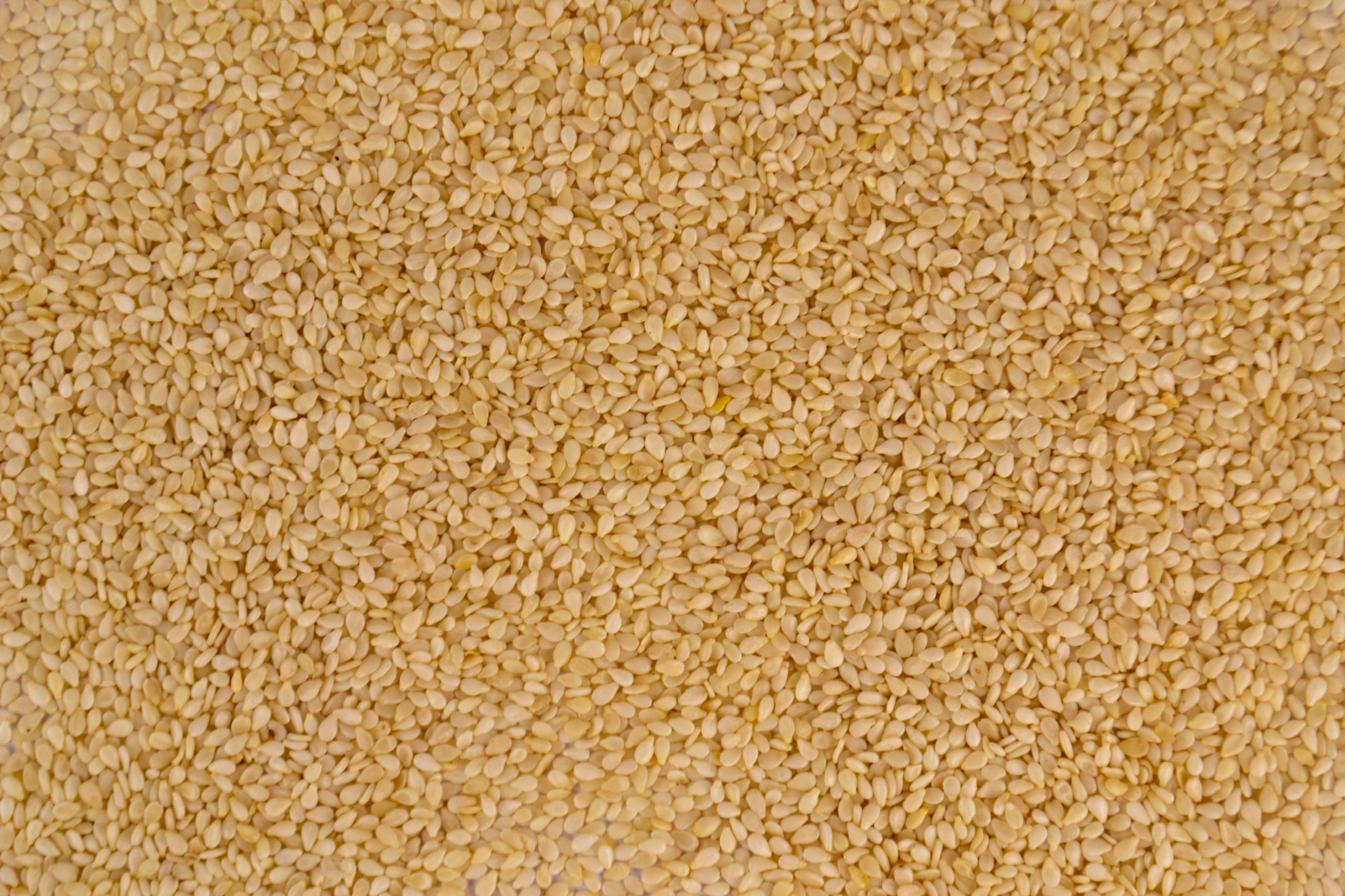Sesame Allergy


Overview
Sesame seeds and sesame oil can trigger allergic reactions. For some people these are mild, but others may experience severe symptoms. Sesame allergy can begin in childhood or adulthood. Many children do not outgrow it, although some do by early school age.
Symptoms
Rapid-onset symptoms usually appear within minutes of eating sesame:
- Itchy, raised rash (hives)
- Tingling or itching in the mouth
- Swelling of lips, face, or eyes
- Tummy pain, nausea, or vomiting
Severe reaction (anaphylaxis) can include:
- Airway: throat or tongue swelling, hoarse voice, difficulty swallowing
- Breathing: wheeze, shortness of breath, noisy breathing
- Circulation: dizziness, faintness, pale clammy skin, confusion, collapse
Delayed reactions
Less commonly, sesame can cause delayed symptoms such as contact dermatitis (red, sore skin). Occasionally, serious symptoms can be delayed by up to 90 minutes — possibly because whole seeds take time to digest.
Diagnosis
If sesame allergy is suspected, ask your GP for a referral to a specialist allergy clinic. Assessment may include a medical history, skin prick tests, blood tests, and sometimes a supervised food challenge. Some people react to sesame proteins called oleosins, which standard tests can miss — a food challenge may help confirm the diagnosis in these cases.
Who is at higher risk?
- A previous serious reaction
- Asthma, especially if not well controlled
- Reactions to tiny amounts of sesame
Treatment
Mild symptoms can often be treated with an antihistamine.
If severe symptoms develop, call 999 and use an adrenaline auto-injector if prescribed. In the UK, common brands are EpiPen® and Jext®. Always carry two devices and ensure you and your carers know how to use them.
Avoiding sesame
- Read food labels every time. Sesame is one of the UK’s 14 major allergens and must be highlighted on ingredients lists.
- Avoid sesame oil as well as seeds; it is usually unrefined and contains allergenic proteins.
- Take extra care with foods sold loose (bakeries, deli counters). Seeds can be hidden in dough and spread easily between products.
- If a label says “may contain sesame”, it’s safest to avoid that product.
- Heating does not remove the part of sesame that causes allergy — cooked sesame can still trigger reactions.
Other seeds and nuts
Some people with sesame allergy also react to other seeds, peanuts, or tree nuts. Discuss safe options with your GP or allergy specialist and consider testing before adding new nuts or seeds.
Cosmetics and medicines
Sesame appears in some personal-care products and medicines. On labels, look for the Latin name Sesamum indicum. If in doubt, avoid or ask a pharmacist.